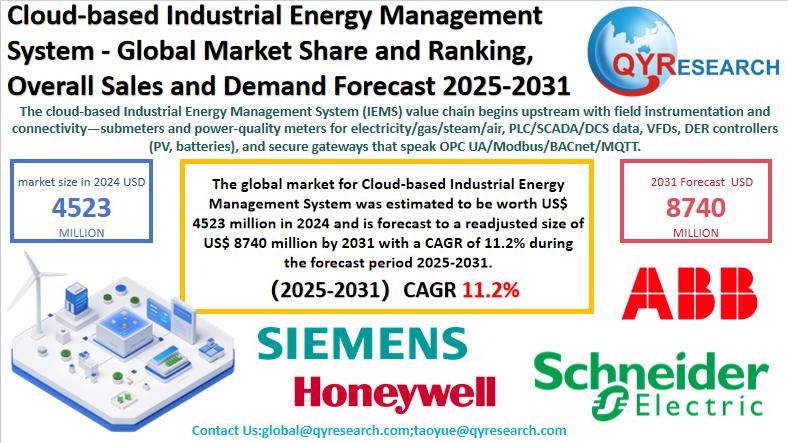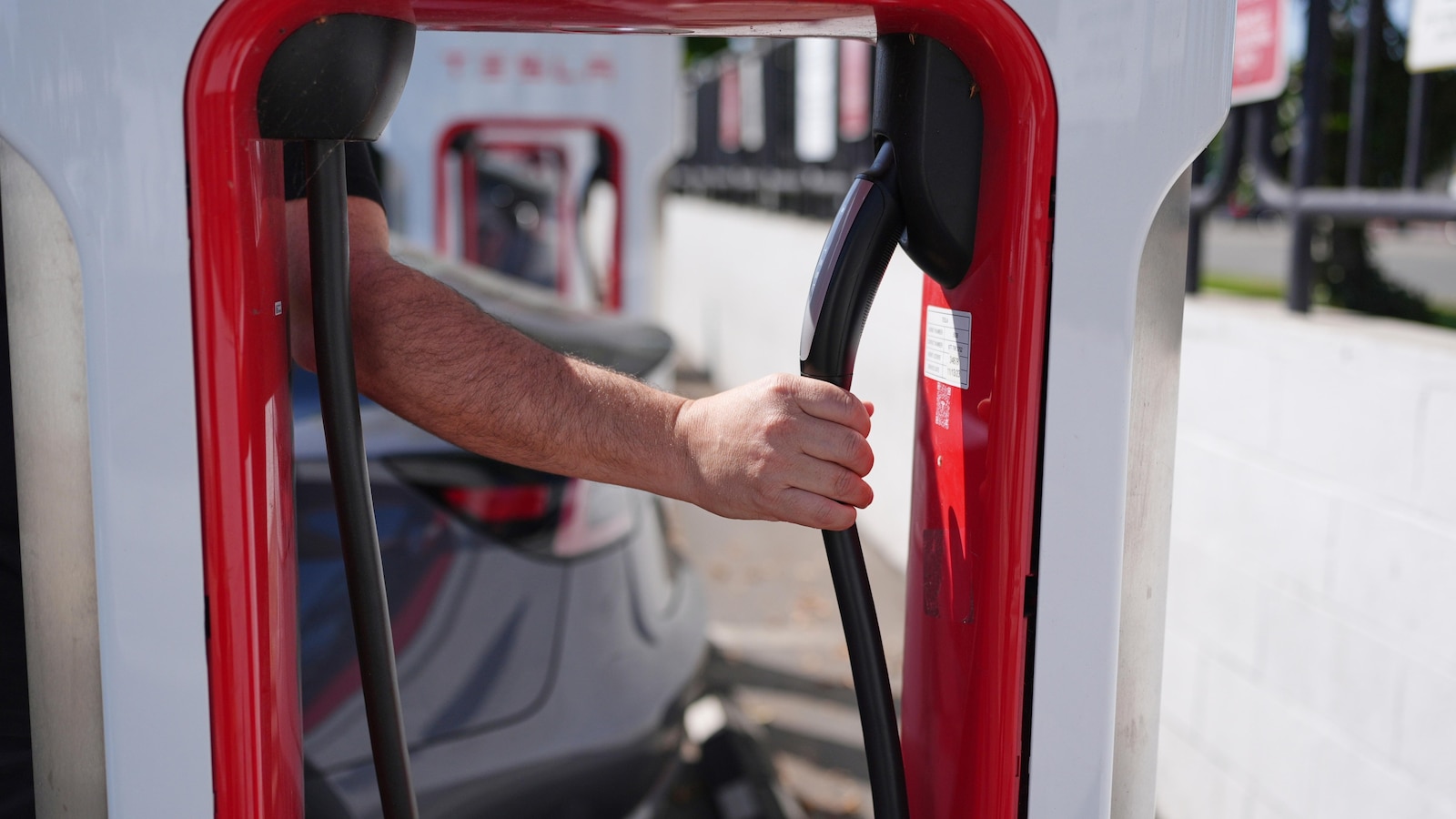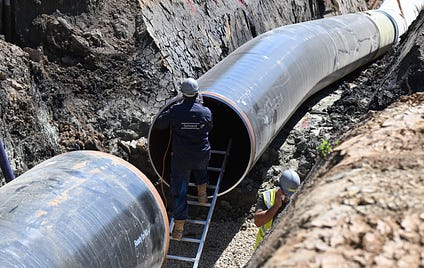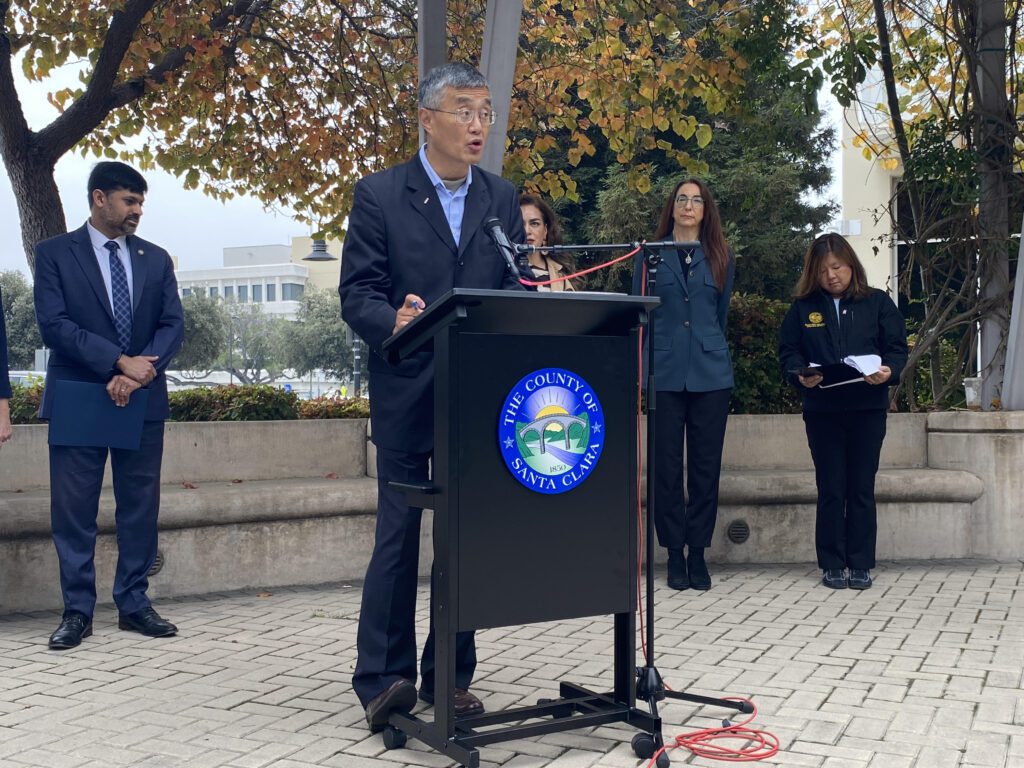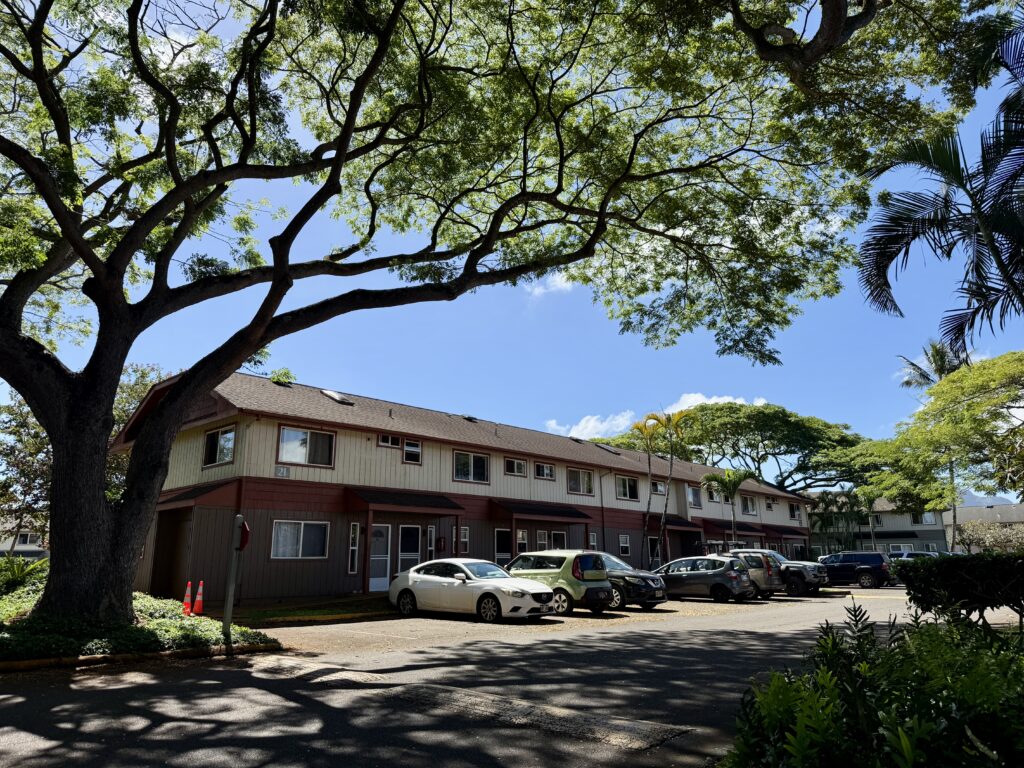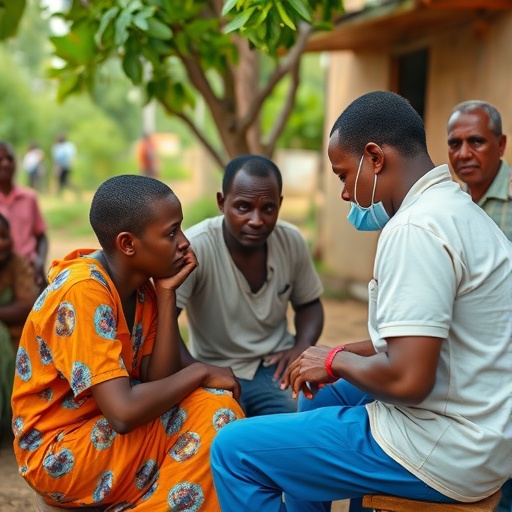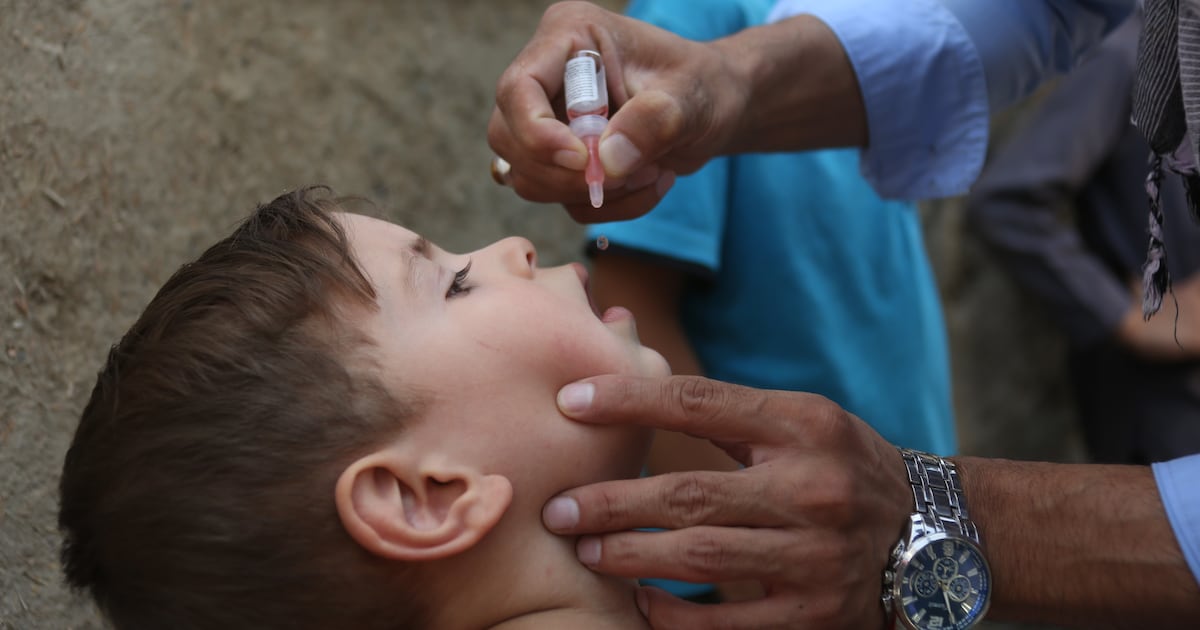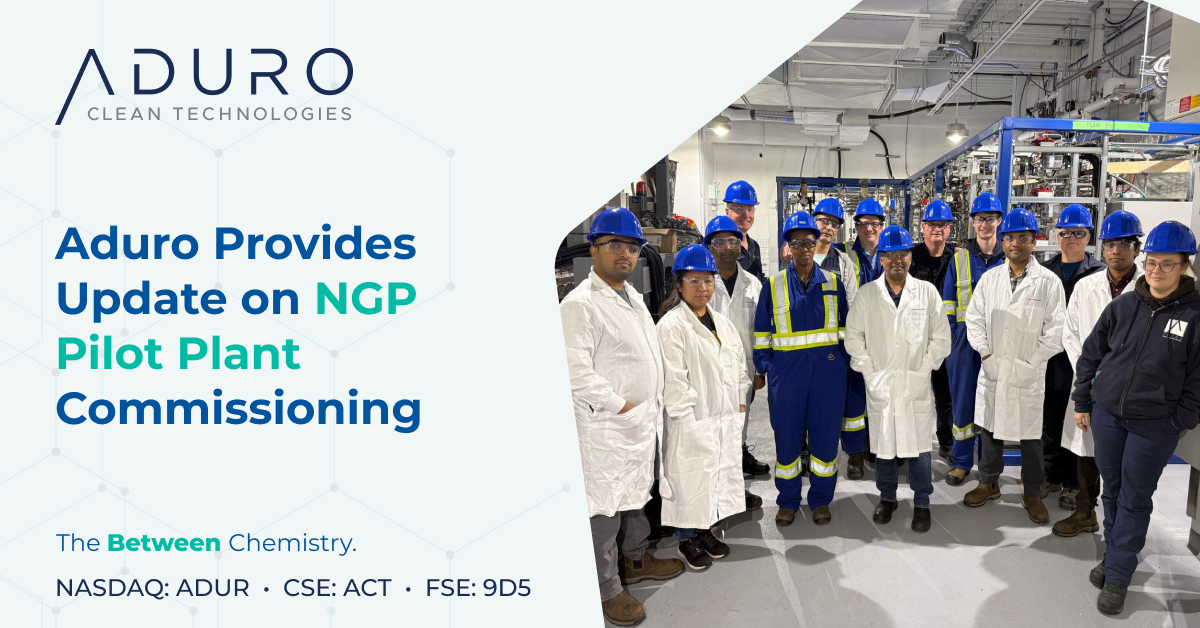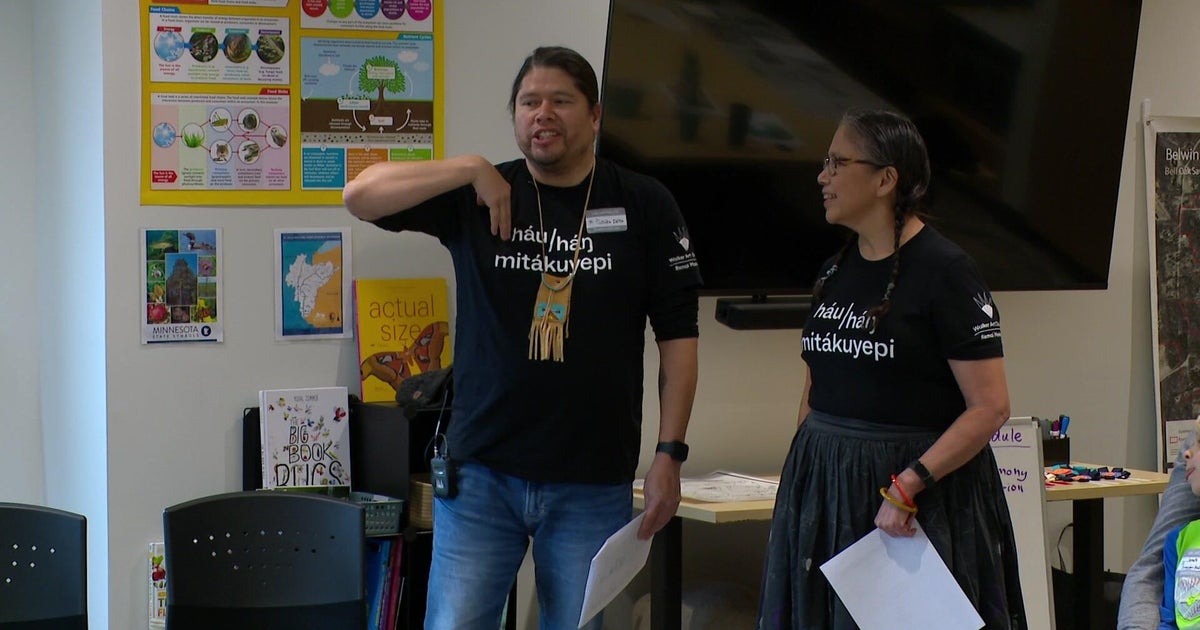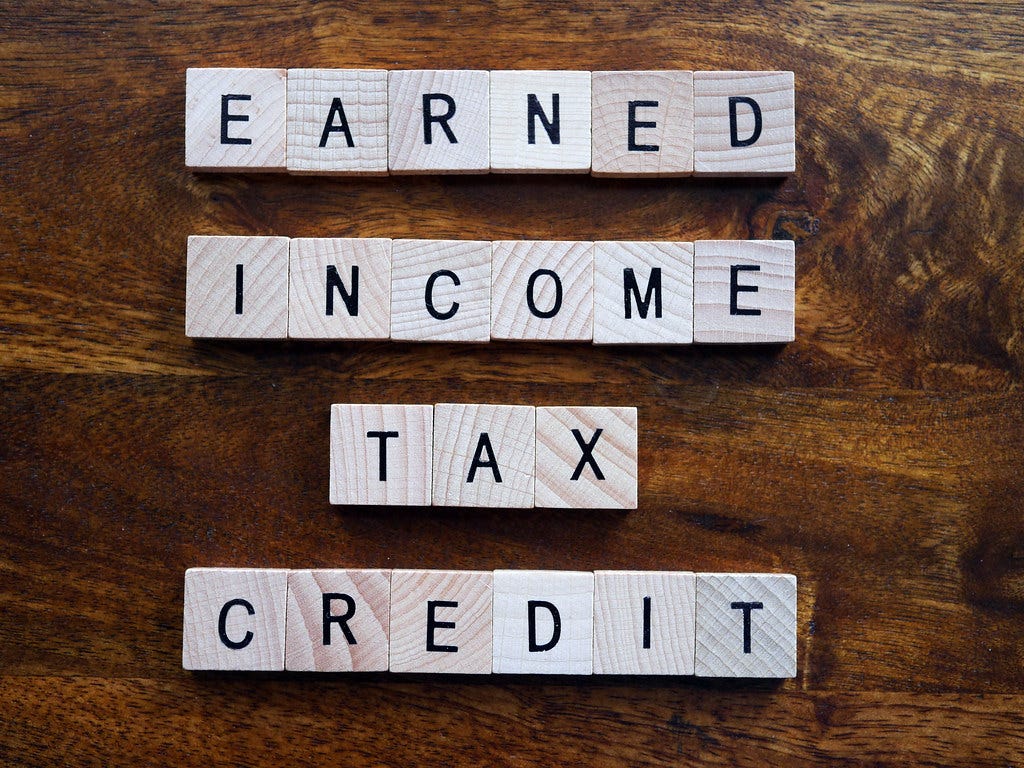Americans need to work together to fix education. We’ve both done it before on opposite sides – Fox News

Report on Bipartisan Education Reform and Sustainable Development Goals
Introduction
In the current polarized political climate, education reform emerges as a unifying cause with bipartisan appeal. This report emphasizes the critical role of education in achieving the United Nations Sustainable Development Goals (SDGs), particularly SDG 4: Quality Education, which aims to ensure inclusive and equitable quality education and promote lifelong learning opportunities for all.
Current Challenges in Education
Recent data highlights significant challenges in the American education system:
- According to the Nation’s Report Card (2024), 40% of fourth graders and 33% of eighth graders scored below basic reading proficiency, with scores declining since before the pandemic.
- Higher education completion rates are concerning; only 61% of full-time students entering four-year colleges in 2014-2015 earned a degree or credential within eight years, with even lower rates for part-time students.
These issues undermine SDG 4’s targets to increase literacy and ensure access to affordable and quality technical, vocational, and higher education.
Bipartisan Efforts and Historical Context
Past administrations have demonstrated the potential of bipartisan cooperation in education reform:
- The George W. Bush administration implemented the “No Child Left Behind” Act, focusing on closing achievement gaps in reading and math.
- The Barack Obama administration advanced school reform initiatives and introduced the College Scorecard to enhance transparency and value in higher education.
These initiatives contributed to measurable improvements in student performance and accountability, aligning with SDG 4’s emphasis on quality and measurable outcomes.
Strategies for Advancing Education Reform
To address current educational challenges and support sustainable development, the following strategies are essential:
- Leadership and Bipartisanship: Strong leadership at federal and state levels is required to foster bipartisan collaboration and set ambitious education goals.
- Accountability and Transparency: Schools and colleges must embrace public scrutiny and accountability for student outcomes.
- Funding and Support: Adequate funding should prioritize students from working-class families to promote equitable access.
- Teacher and Faculty Recognition: Honoring educators who contribute significantly to student success is vital.
- Inclusive Political Dialogue: Educational institutions must welcome diverse political viewpoints to foster an environment of free exchange of ideas.
Innovative Initiatives and Collaborations
Recent efforts exemplify the commitment to education reform aligned with SDG 4:
- The Bipartisan Policy Center’s Commission on the American Workforce, co-chaired by leaders from both parties, is developing strategies to enhance economic opportunity through education, focusing on:
- Elementary and secondary education improvements, including student assessment, high school reform, and teacher recruitment and training.
- Higher education policies and alternative pathways to prepare students for workforce success.
Recommendations for Future Action
To advance sustainable education reform, the following actions are recommended:
- Raise graduation rates and contain education costs to improve affordability and accessibility.
- Enhance price transparency to empower students and families in decision-making.
- Support transfer students to ensure smooth transitions within higher education.
- Promote campuses as inclusive spaces for all political and social perspectives.
- Encourage bipartisan policy-making to sustain long-term education improvements.
Conclusion
Education reform is pivotal to achieving the Sustainable Development Goals, particularly SDG 4. Bipartisan cooperation, robust leadership, and innovative strategies are essential to overcome current challenges and ensure quality education for all. The nation’s future depends on renewed commitment to education as a fundamental civil right and a driver of social and economic progress.
Authors
- Margaret Spellings, U.S. Secretary of Education (2005-2009), President and CEO of the Bipartisan Policy Center
- Ted Mitchell, U.S. Undersecretary of Education (2014-2017), President of the American Council on Education
1. Which SDGs are addressed or connected to the issues highlighted in the article?
- SDG 4: Quality Education – The article focuses extensively on education reform, improving educational outcomes, access to quality education from preschool through higher education, and accountability in schools and colleges.
- SDG 10: Reduced Inequalities – The article mentions closing achievement gaps and ensuring education access as a fundamental civil right, addressing inequalities in educational attainment.
- SDG 8: Decent Work and Economic Growth – The article references preparing students for success in the workforce and economic opportunity, linking education to economic competitiveness and employment.
2. What specific targets under those SDGs can be identified based on the article’s content?
- SDG 4 Targets:
- 4.1 – Ensure that all girls and boys complete free, equitable and quality primary and secondary education leading to relevant and effective learning outcomes (e.g., improving reading scores and graduation rates).
- 4.3 – Ensure equal access for all women and men to affordable and quality technical, vocational and tertiary education, including university (e.g., increasing college graduation rates and credentials).
- 4.6 – Ensure that all youth and a substantial proportion of adults achieve literacy and numeracy (e.g., addressing declining literacy rates in fourth and eighth graders).
- 4.7 – Ensure that all learners acquire knowledge and skills needed to promote sustainable development (implied through emphasis on accountability and quality education).
- SDG 10 Targets:
- 10.2 – Empower and promote the social, economic and political inclusion of all, irrespective of age, sex, disability, race, ethnicity, origin, religion or economic or other status (e.g., closing achievement gaps and ensuring education as a civil right).
- SDG 8 Targets:
- 8.6 – Reduce the proportion of youth not in employment, education or training (e.g., improving pathways from education to employment and workforce readiness).
3. Are there any indicators mentioned or implied in the article that can be used to measure progress towards the identified targets?
- National Assessment of Educational Progress (NAEP) Scores: The article cites the “Nation’s Report Card” showing 40% of fourth graders and 33% of eighth graders scoring below basic reading standards, which is a direct indicator of literacy and educational performance (SDG 4.1 and 4.6).
- College Graduation Rates: The article mentions that only 61% of full-time students entering four-year colleges graduate within eight years, indicating progress toward higher education completion (SDG 4.3).
- Achievement Gaps: The focus on ending achievement gaps in reading and math implies measurement of disparities among different demographic groups (SDG 10.2).
- College Scorecard and Carnegie Classifications: These tools classify institutions based on student success and economic outcomes, serving as indicators for access, affordability, and post-graduation employment prospects (SDG 4.3 and SDG 8.6).
- Tracking Progress and Accountability Metrics: The article emphasizes the need for accountability and tracking progress, implying the use of various education performance indicators and data dashboards.
4. Table: SDGs, Targets and Indicators
| SDGs | Targets | Indicators |
|---|---|---|
| SDG 4: Quality Education |
|
|
| SDG 10: Reduced Inequalities |
|
|
| SDG 8: Decent Work and Economic Growth |
|
|
Source: foxnews.com

What is Your Reaction?
 Like
0
Like
0
 Dislike
0
Dislike
0
 Love
0
Love
0
 Funny
0
Funny
0
 Angry
0
Angry
0
 Sad
0
Sad
0
 Wow
0
Wow
0






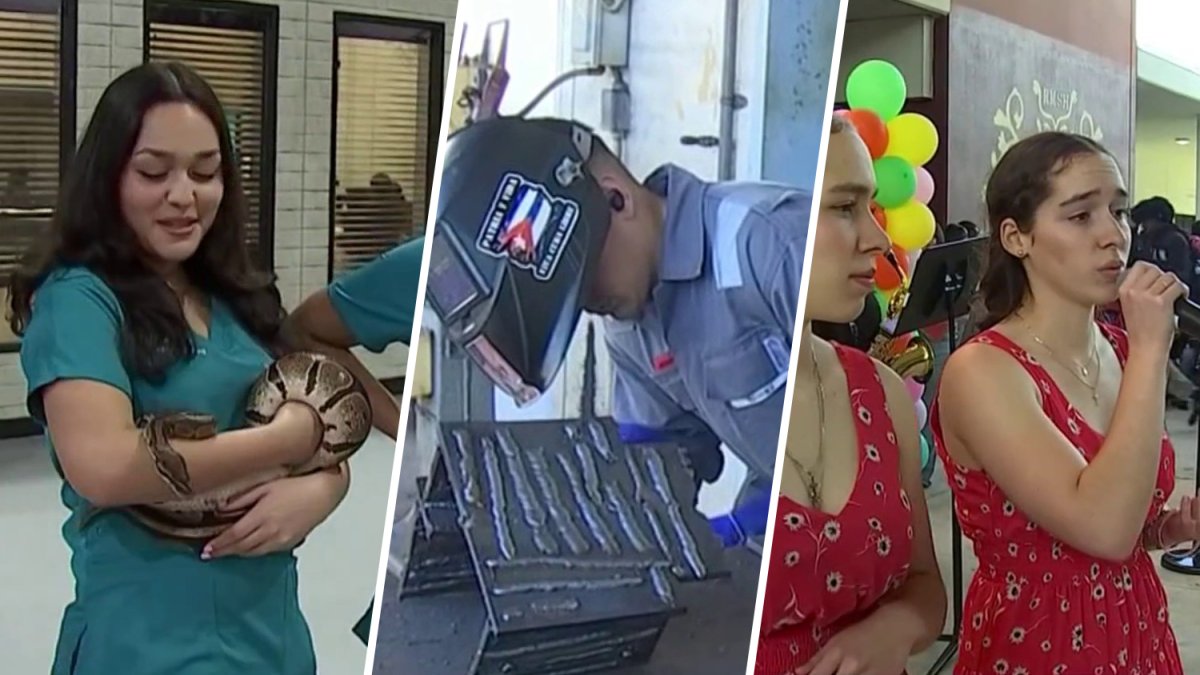
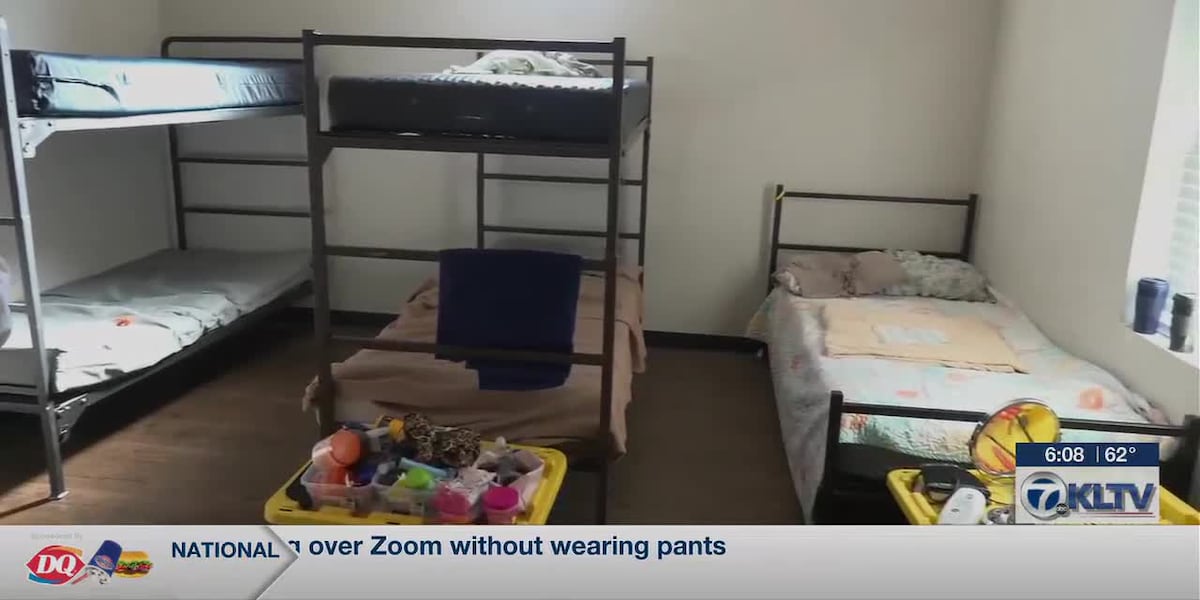



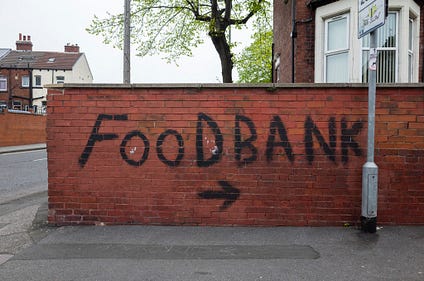

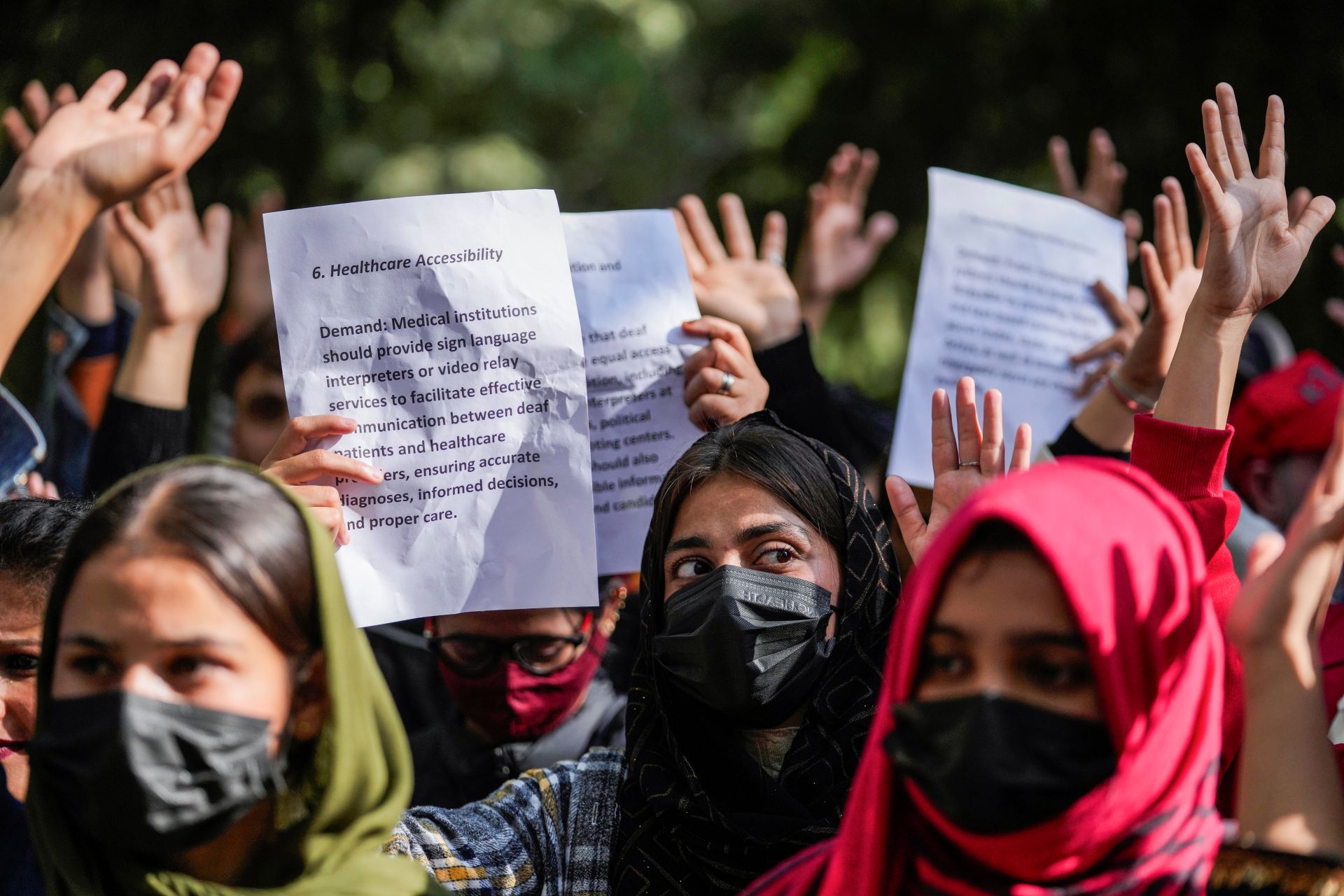











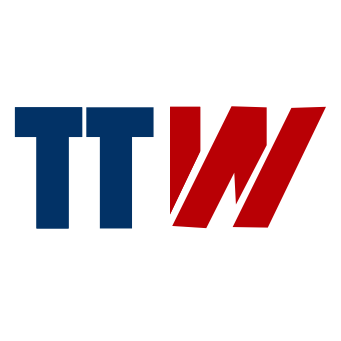

;Resize=805#)




